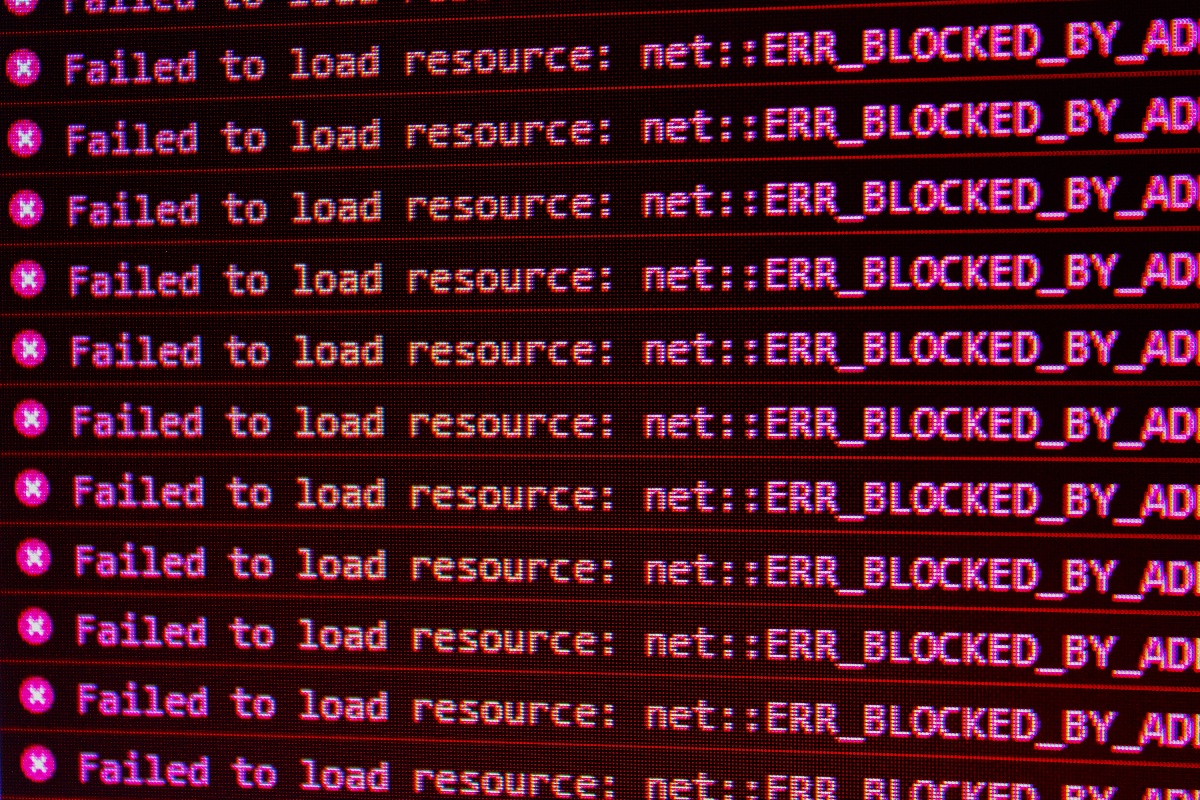As your business has grown, inevitably your tech stack has, too. In fact, Netskope’s 2019 Cloud Report showed that most enterprise businesses are using an average of 1,295 applications internally, and that number is likely to have grown over the last couple of years.
Of course, not all of those will be business critical applications. But for those that are, how well are you passing data between them or ingesting data into them? How much do decision makers within the business rely on that data to make decisions, and how confident are you that it’s 100% accurate?
When a business and its tech stack grow, developers end up gluing more and more of those systems together. Ad hoc home-grown solutions do the job to connect and pass data between them, allowing for a slightly more automated process.
But what happens when things go wrong?
With so many systems talking to each other, if there’s an error or failure, you need to know about it right away. Otherwise, 3 things can happen:
- Your integrated platforms won’t be up to date, eroding trust in your systems
- You’ll create lots of cleansing work for yourself to correct it
- Even worse, you won’t even know about all the errors, creating unreliable data across the business that’s still being used to make important decisions
To avoid these outcomes, you need actionable error reporting delivered at the right time, to the right team.
An actionable error reporting process should be 3 things:
- Instant – reports should be sent as close to their source as possible
- Automated – and not just automated reporting, but even actual corrections like lookups for missing values, high-confidence typo correction, etc.
- Contextual – all reports are delivered with all the context needed to quickly and accurately correct the error, including being delivered to the right team or individual and in the right format to begin with
When errors are reported and resolved quickly and reliably, it means your organization can continue to grow with the confidence that your many platforms and processes are held together by more than just “glue.” And the best way to do that is with CloverDX.
CloverDX is built around a “bad data first” approach, with built-in components to enable you to create actionable, easily readable error reports.
No matter what platform or format your data is in, CloverDX can connect to it, transform it, validate it, and write it to the target platform reliably and efficiently, generating actionable error reports along the way.
Want to see how CloverDX can automate and improve your error handling processes? Just book a demo and we'd be delighted to show you.
White paper: Architecting Systems for Effective Control of Bad Data








